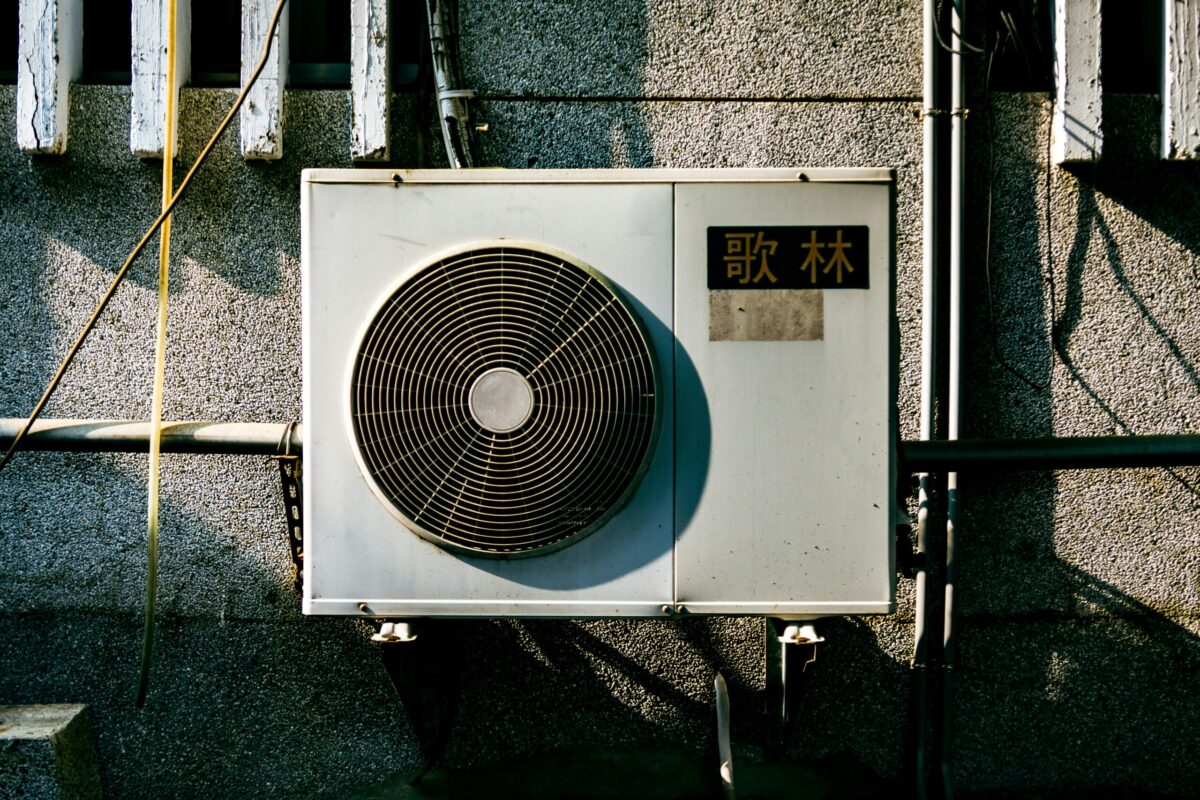Researchers at the Saitama University in Japan have fabricated a thin-film perovskite solar cell based on fluorinated phosphoric acid passivating additives and mixed solvents for passivating halide defects.
“Instead of relying on traditional surface treatments, the method directly incorporates fluorinated phosphoric acid (TPFP) into the perovskite precursor solution,” the research team explained. “The inherent low surface energy of TPFP facilitates its self-assembly and segregation on the perovskite surface during film formation, resulting in a passivating layer.”
In the study “Fabrication of efficient methylammonium-free perovskite thin-film solar cells without post-treatment and antisolvent,” published in Next Materials, the scientists explained that the solar cell doesn't contain methylammonium (MA) molecules. These molecules have intrinsic thermal instability and contribute to increasing the typical thermal instability of perovskite PV devices.
They also explained that the cell manufacturing process does not require post-treatments and antisolvents, due to surface segregation of TPFP. “A 0.1 mM or 0.2 mM solution of TPFP in chlorobenzene was spin-cast on the perovskite layer at 3000 rpm before deposition of the HTL,” they added. “TPFP underwent self-segregation during film formation due to its low surface free energy and aggregation on the perovskite surface.”
The group built the cell with a substrate made of glass and fluorine-doped tin oxide (FTO), a tin oxide (SnO2) electron transport layer (ETL), a perovskite absorber, a hole transport layer (HTL) based on Spiro-OMeTAD, and a silver (Ag) metal contact.
Tested under standard illumination conditions, the device showed a power conversion efficiency of 20.5%, an open-circuit voltage of 1.04 V, a short-circuit current density of 25.9 mA/cm2, and a fill factor of 76.2%. For comparison, a reference cell without the TPFP treatment achieved an efficiency of 18.9%, an open-circuit voltage of 1.03 V, a short-circuit current density of 25.4 mA/cm2, and a fill factor of 76.3%.
The TPFP cell also reportedly showed reduced hysteresis and improved stabilized power output.
“The approach might extend beyond spin coating,” the researchers said, referring to the future directions of their work. “It could apply to printing techniques like doctor blade and slot die coating, which is better suited for large-area deposition processes.
This content is protected by copyright and may not be reused. If you want to cooperate with us and would like to reuse some of our content, please contact: editors@pv-magazine.com.




By submitting this form you agree to pv magazine using your data for the purposes of publishing your comment.
Your personal data will only be disclosed or otherwise transmitted to third parties for the purposes of spam filtering or if this is necessary for technical maintenance of the website. Any other transfer to third parties will not take place unless this is justified on the basis of applicable data protection regulations or if pv magazine is legally obliged to do so.
You may revoke this consent at any time with effect for the future, in which case your personal data will be deleted immediately. Otherwise, your data will be deleted if pv magazine has processed your request or the purpose of data storage is fulfilled.
Further information on data privacy can be found in our Data Protection Policy.